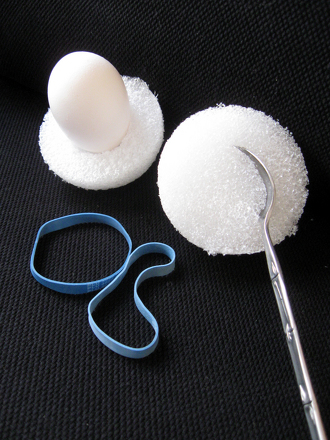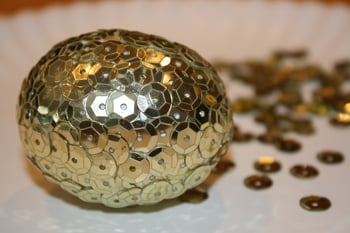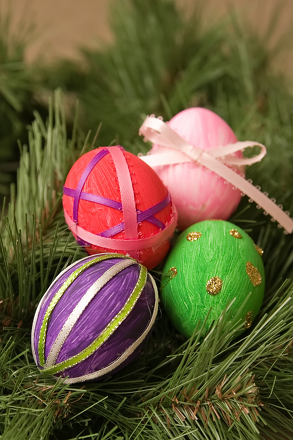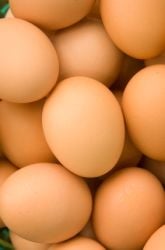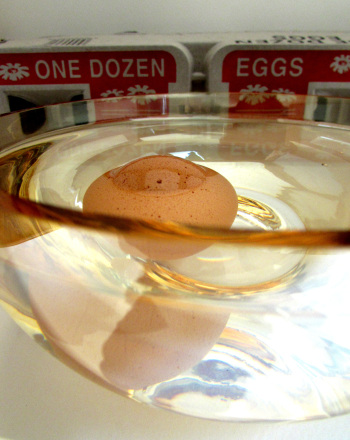Science project
Arch Magic: The Unbreakable Egg
Difficulty of Project
Easy
Cost
$2
Safety Issues
No
Approximate Time Required to Complete the Project
Less than 1 hour
Objective
-
Understanding the weight distribution of an arch.
Materials and Equipment
- Eggs
- Small board
- Various books
Introduction
Bridges, frames of houses, etc. have all been made using arches in order to fully use the strength of an arch. An arch is a curved structure that supports or strengthens a building. Almost all arches span openings and support weight above them. Others are enclosed in walls.
Most arches are made of stone, brick, concrete, or steel. Arches of stone or brick consist of wedge-shaped blocks called voussoirs. During the construction of most such arches, the blocks are supported by a wooden frame. The last block to be inserted is the keystone, the center stone at the top. The pressure of each side of the arc against the keystone supports the arch when the frame is removed. In addition, the arch is supported on both sides by masonry or by other arches to keep it from collapsing under the weight above. The first people to fully utilize the arch were architects of ancient Rome. During the 300's B.C., they began to use semicircular arches to build aqueducts and bridges.
Research Questions
- Will 4 eggshells hold a book?
- If so, how many books will they hold?
- Does the structure get stronger with more eggshells?
Terms, Concepts and Questions to Start Background Research
-
Arches--even those made of eggshells--are strong because they exert horizontal as well as vertical forces to resist the pressure of heavy loads. The crown of an eggshell can support heavy books because the weight is distributed evenly along the structure of the egg.
Experimental Procedure
- Carefully break off the small end of four eggs and pour out the insides.
- Put a piece of cellophane tape around the center of each eggshell.
- Cut through the center of the tape to make four dome-shaped shells (discard the broken end of each shell).
- Lay the four domes on a table with the cut sides down arranged in the shape of a rectangle.
- Next, guess how many telephone books you can lay on top of the shells before they break.
Bibliography
- World Book Encyclopedia (1997)
- The Kids Science Book (1995)
Education.com provides the Science Fair Project Ideas for informational purposes only. Education.com does not make any guarantee or representation regarding the Science Fair Project Ideas and is not responsible or liable for any loss or damage, directly or indirectly, caused by your use of such information. By accessing the Science Fair Project Ideas, you waive and renounce any claims against Education.com that arise thereof. In addition, your access to Education.com's website and Science Fair Project Ideas is covered by Education.com's Privacy Policy and site Terms of Use, which include limitations on Education.com's liability.
Warning is hereby given that not all Project Ideas are appropriate for all individuals or in all circumstances. Implementation of any Science Project Idea should be undertaken only in appropriate settings and with appropriate parental or other supervision. Reading and following the safety precautions of all materials used in a project is the sole responsibility of each individual. For further information, consult your state's handbook of Science Safety.


